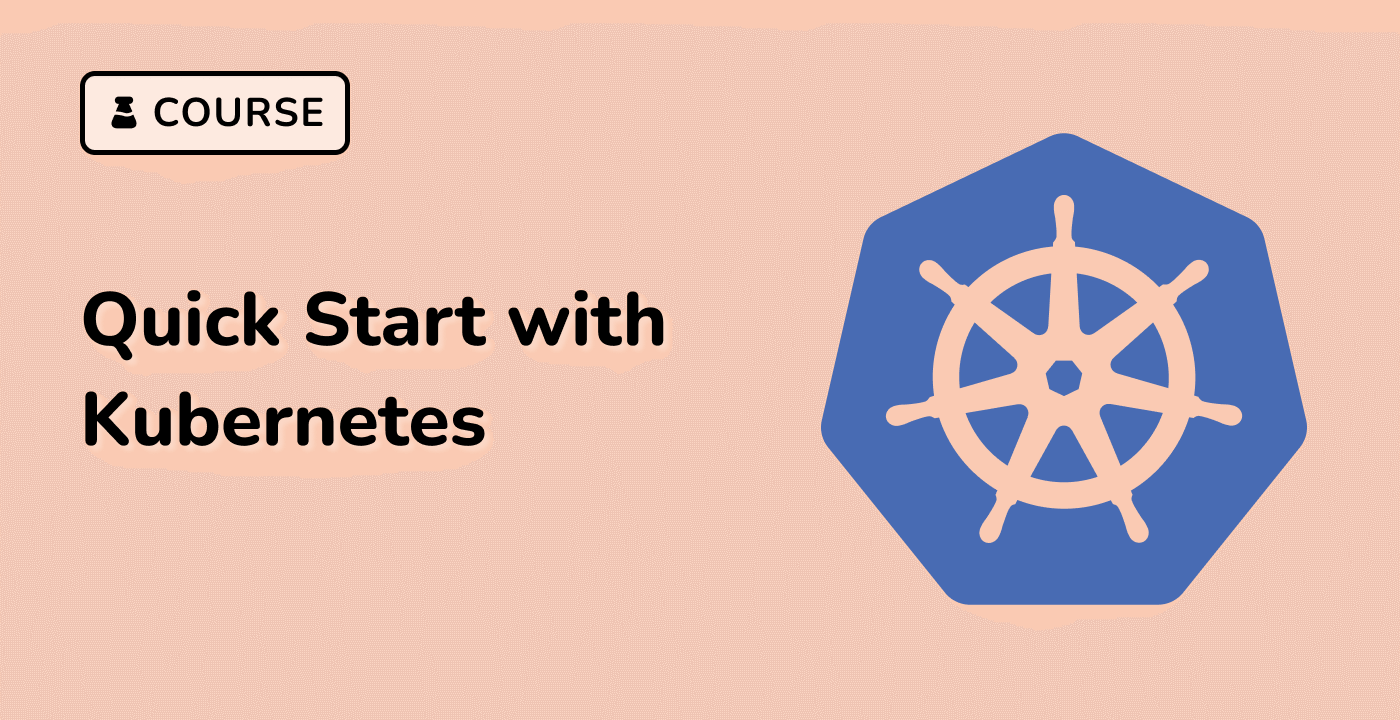Explore the kubectl port-forward Command
The kubectl port-forward command allows you to forward one or more local ports to a pod, deployment, or service in your Kubernetes cluster. It is commonly used for testing and debugging services without exposing them externally.
Run the following command to view the available options for kubectl port-forward:
kubectl port-forward -h
You will see the following output:
Forward one or more local ports to a pod.
Use resource type/name such as deployment/mydeployment to select a pod. Resource type defaults to 'pod' if omitted.
If there are multiple pods matching the criteria, a pod will be selected automatically. The forwarding session ends
when the selected pod terminates, and a rerun of the command is needed to resume forwarding.
Examples:
## Listen on ports 5000 and 6000 locally, forwarding data to/from ports 5000 and 6000 in the pod
kubectl port-forward pod/mypod 5000 6000
## Listen on ports 5000 and 6000 locally, forwarding data to/from ports 5000 and 6000 in a pod selected by the deployment
kubectl port-forward deployment/mydeployment 5000 6000
## Listen on port 8443 locally, forwarding to the targetPort of the service's port named "https" in a pod selected by the service
kubectl port-forward service/myservice 8443:https
## Listen on port 8888 locally, forwarding to 5000 in the pod
kubectl port-forward pod/mypod 8888:5000
## Listen on port 8888 on all addresses, forwarding to 5000 in the pod
kubectl port-forward --address 0.0.0.0 pod/mypod 8888:5000
## Listen on port 8888 on localhost and selected IP, forwarding to 5000 in the pod
kubectl port-forward --address localhost,10.19.21.23 pod/mypod 8888:5000
## Listen on a random port locally, forwarding to 5000 in the pod
kubectl port-forward pod/mypod :5000



